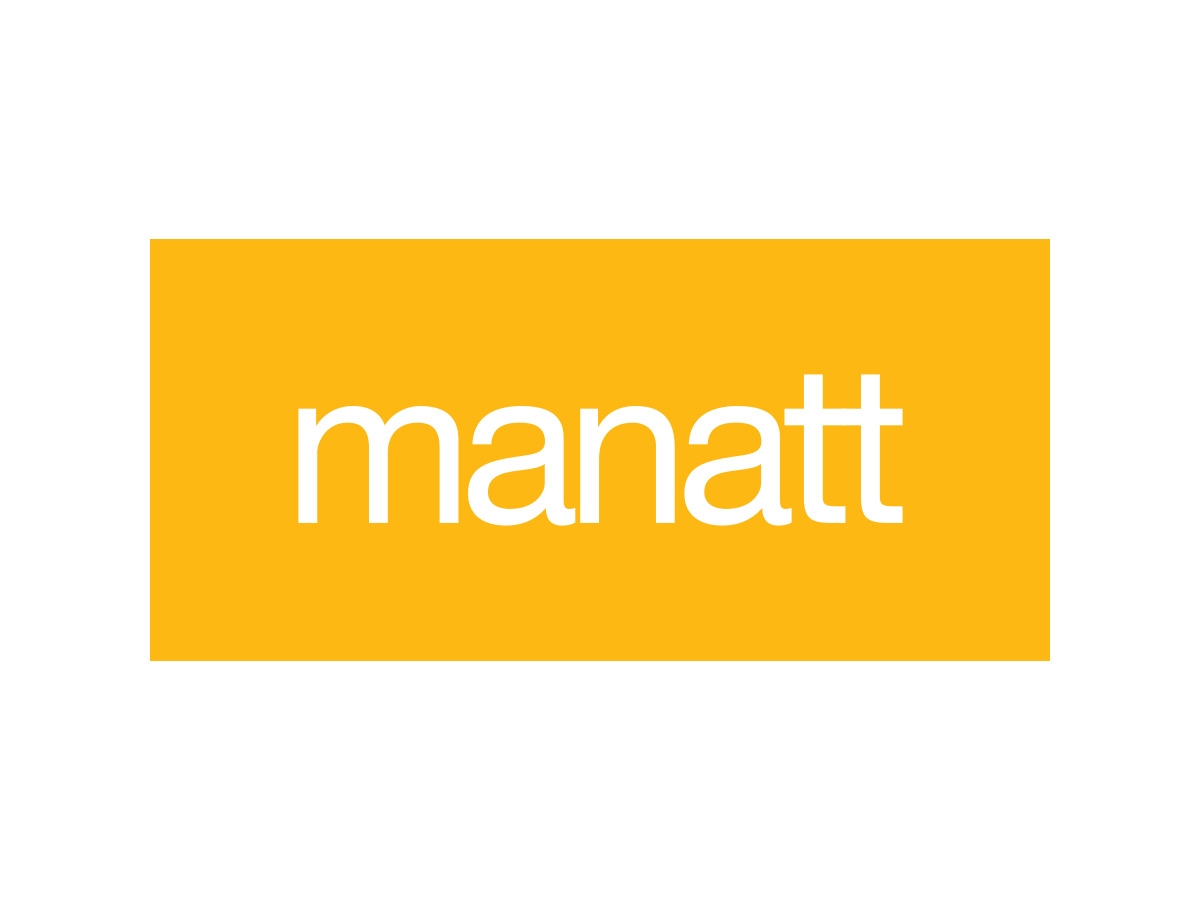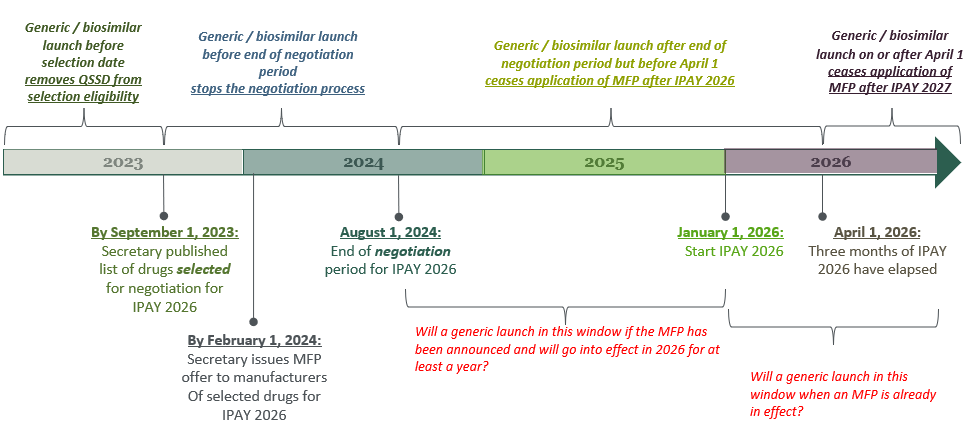New Guidance on Use of Artificial Intelligence-Based Tools in Practice Before USPTO | Manatt, Phelps & Phillips, LLP
The United States Patent and Trademark Office (USPTO) published guidance on the use of artificial intelligence-based tools in patent practice to inform practitioners of important issues when using Artificial Intelligence (AI) in matters before the Patent Office.1 The Patent Office acknowledges the likelihood that AI will be used to prepare and prosecute patent applications and filings, including filings submitted to the Patent Trial and Appeal Board.
The guidance informs individuals, including registered practitioners, involved in proceedings before the Patent Office of the pertinent rules and risks associated with the use of AI systems and provides suggestions to lessen those risks. Specifically, Section III of the guidance describes how existing rules and policies apply in the context of the use of AI tools in matters before the Patent Office.
Specifically, section III(A) discusses the use of AI systems in drafting documents for filing in the Patent Office. Section III(B) addresses the filing of documents using the assistance of AI tools. Section III(C) discusses Patent Office information technology (IT) systems and the appropriate use of AI tools communicating with those systems. Finally, section III(D) raises confidentiality and national security concerns when using AI systems.
Use of Computer Tools for Document Drafting
The guidelines direct that there is no proscription against using AI computer tools in drafting documents for submission to the Patent Office, and there is no requirement to disclose the use of AI tools. Applicants, registrants, practitioners, parties to proceedings and others filing documents are reminded of the related duties to the Office and clients when using these computer tools.
All correspondence with the Patent must be signed. The signature requirement includes documents that were drafted entirely by AI tools or drafted with the assistance of AI tools. The filing of a document constitutes a certification under 37 CFR 11.18(b) that all statements to the party’s own knowledge are true and that the party performed an inquiry reasonable under the circumstances. Accordingly, any document filed in the Patent Office must be reviewed by the party or parties filing the document. Therefore, if an AI tool is used in drafting or editing a document, the document must still be reviewed by the person signing it.
The guidance reminds practitioners and applicants of their duty of disclosure. In particular, if the use of an AI tool is material to patentability, as defined in 37 CFR 1.56(b), the guidance indicates that the use of such AI tool must be disclosed. For example, material information could include evidence that an inventor did not significantly contribute to the invention because the person’s purported contributions were made by an AI system. Similarly, when AI systems are used to draft or modify claims, inventorship might be different. Therefore, practitioners should thoroughly review that the correct inventors are listed on the patent application.
In addition, AI may be used, for example, to automatically fill out the Patent Office’s PTO/SB/08 form (Information Disclosure Statement (IDS) form) with citations and may be used to collect prior art references. The guidance indicates that filing an IDS without reviewing the contents may be a violation of 37 CFR 11.18(b).
Filing Documents
AI tools can assist in the filing documents. For example, AI tools could autocomplete forms, access information on websites and upload documents and other information to USPTO systems. The guidance indicates that it is not permitted for an AI tool to insert a signature of a person in accordance with 37 CFR 1.4(d). The signer of the document cannot assign the signature act to another person. Another issue is using AI tools to file documents with the USPTO. To file documents, a user needs a USPTO.gov account. USPTO.gov accounts are limited to natural persons and cannot be obtained by non-natural persons; therefore, AI systems may not obtain a USPTO.gov account.
Accessing USPTO IT Systems
Attention should be paid to ensure the use of AI tools does not violate federal and state laws and USPTO regulations. One important policy to note is the requirement that users must not file documents or access information for which they do not have authorization. If a person uses an AI tool to assist in filing documentation to the USPTO, that person is responsible for safeguarding that the AI tool does not surpass authorized access limits, including, for example, submitting or accessing documentation that the person does not have authorization to access. Violation of authorized limits may result in revocation of a user’s USPTO.gov account, in addition to criminal, civil and/or administrative action and penalties.
Confidentiality Concerns
The guidelines caution that the use of AI can result in the unintentional disclosure of confidential information to third parties, including technical information. The guidelines warn that it is possible that some AI tools may retain confidential information entered by applicants or practitioners. In addition, it is possible that an AI tool might retain confidential information to further train AI models or provide confidential data to third parties, breaching a practitioners’ confidentiality obligations under 37 CFR 11.106. Finally, confidential information might be used to train AI which could filter into outputs the AI system provides to others.
Services of a third party to develop an AI tool, store client data on third-party storage or purchase a commercially available AI tool may also implicate the confidentiality of client data. AI disclosures may also implicate national security, export control and foreign filing license regulations. For example, AI tools may utilize servers located outside the United States, raising the possibility that any data entered into such tools might be exported outside of the United States, in violation of existing export administration and national security regulations or secrecy orders. Therefore, before using an AI tool, it is critical for practitioners to understand an AI tool’s terms of use, privacy policies, and cybersecurity practices.
Fraud and Intentional Misconduct
The guidelines indicate that the use of AI tools on USPTO websites for the unauthorized access, actions, use, modification or disclosure of USPTO data constitutes a violation of the Computer Fraud and Abuse Act. The USPTO monitors network traffic to detect such activity and violators are subject to criminal, civil and/or administrative action and penalties.
Practical Suggestions
While the guidance does not have the effect of law and does not constitute substantive rulemaking, practitioners and applicants should be aware of this guidance for the use of AI in practice before the USPTO. Although not directly discussed in the guidance, the discussion regarding potential disclosure by an AI tool of confidential client information is a warning about potential invalidating disclosures with respect to anticipation and/or obviousness (inventive step) in the U.S. and foreign countries.
The confidentiality policy of the AI tool should be reviewed to determine if the information provided and the resulting work product, e.g., the patent application, can be used as input to train the AI for other patent applications. In addition, practitioners and applicants will need to scrutinize how the AI tools work to ensure that the AI-based tool has adequate safeguards to avoid inadvertent disclosure of an invention prior to filing that could invalidate an invention or disclose important trade secret information.
Further, as mentioned in the guidance, it is not permitted to rely on an AI tool to decide what prior art might be material to patentability to require disclosure to the Patent Office via an IDS. As indicated in the guidance, only registered practitioners and applicants can make these decisions and only those persons can sign a document that is filed in the USPTO; it is not permitted for an AI tool to insert a signature of a person, i.e., sign a document, in accordance with 37 CFR 1.4(d).
As the use of AI in practice before the USPTO continues to evolve, practitioners and applicants should keep an eye on AI-focused developments from the USPTO and the courts.
1 Guidance on Use of Artificial Intelligence-Based Tools in Practice Before the United States Patent and Trademark Office, 89 FR 25609 (April 11, 2024).






